In the ever-evolving landscape of fashion, the resurgence of vintage styles through brand archives has sparked a compelling debate: is this trend a sign of creative exhaustion or a sophisticated strategy for cultural continuity? The answer, much like fashion itself, is layered and nuanced, defying simplistic binary conclusions.
Brand archives represent more than just storage spaces for past collections; they are living repositories of a house’s DNA. These carefully curated collections—often including sketches, textiles, prototypes, and iconic pieces—serve as both historical record and creative wellspring. For many luxury houses, the archive is a sacred space where heritage is preserved, studied, and occasionally, resurrected. When a designer delves into these vaults, they aren’t merely copying; they are engaging in a dialogue across decades, reinterpreting signatures through a contemporary lens.
The practice of revisiting archival designs is far from new. Iconic houses like Chanel, with its timeless tweed suits, or Burberry, with its distinctive trench coat, have long drawn from their own histories to reinforce brand identity. What has shifted in recent years is the scale and visibility of these efforts. Social media and digital archives have made vintage pieces more accessible and desirable, creating a market hungry for nostalgia with a modern twist. This demand has turned archives from behind-the-scenes resources into central pillars of brand strategy.
Critics argue that the reliance on archives signals a lack of original ideas, especially in an industry that prides itself on innovation. They point to the endless cycle of reissued classics—whether it’s Gucci’s Jackie bag or Fendi’s Baguette—as evidence that brands are playing it safe, capitalizing on proven successes rather than taking creative risks. In a fast-paced market where trends come and go overnight, leaning on heritage can seem like a calculated move to minimize financial uncertainty. After all, why gamble on the new when the old already has a devoted following?
However, this perspective overlooks the artistry involved in reinterpretation. A successful archival revival is not a carbon copy; it requires meticulous adaptation. Fabrics may be updated for sustainability, silhouettes adjusted for modern bodies, and details reimagined to resonate with today’s aesthetics. When Dior reintroduced its Saddle bag, it wasn’t merely reproducing a 2000s icon; it was refining it, infusing it with new materials and colors while honoring its eccentric shape. This process demands creativity as much as any wholly new design—it’s a different kind of innovation, one rooted in context and continuity.
Moreover, archives offer a remedy to fashion’s amnesiac tendencies. In an era of hyper-production and disposable trends, they provide a tangible link to craftsmanship and storytelling. For younger consumers increasingly concerned with authenticity and sustainability, vintage-inspired pieces offer a sense of permanence and value. A reissued design carries with it a narrative—a connection to the past that a brand-new item cannot replicate. This emotional resonance is a powerful tool, transforming clothing from mere product into cultural artifact.
Financially, the archive business model makes undeniable sense. Reissuing beloved designs leverages existing equity, reducing the need for extensive marketing to establish a product’s legitimacy. It also caters to the growing pre-loved and vintage markets, allowing brands to reclaim ownership of their historical narrative—and profits. Luxury conglomerates like LVMH and Kering have invested heavily in digitizing and expanding their archives, recognizing them as strategic assets. In a competitive landscape, heritage can be a unique selling proposition that newcomers cannot easily mimic.
Yet, the danger lies in overreliance. When archives become a crutch rather than a catalyst, brands risk stagnating. The most successful houses strike a balance—honoring their legacy while pushing boundaries. For instance, Kim Jones at Dior Men seamlessly blends archival references with forward-thinking design, creating collections that feel both nostalgic and novel. Similarly, Miuccia Prada and Raf Simons leverage Prada’s archive not to replicate, but to inspire entirely new conversations about fashion.
Ultimately, the question of whether archival revivals indicate creative bankruptcy is misguided. It assumes that creativity exists in a vacuum, divorced from history or context. True innovation often emerges from engaging with the past, not ignoring it. The archive trend reflects a broader cultural shift towards mindful consumption, where value is placed on story, craft, and longevity. It challenges the industry to think beyond the next season and consider its place in a larger timeline.
In the hands of thoughtful designers, archives are not graveyards of ideas but laboratories for reinvention. They remind us that fashion is cyclical, yet always moving forward—a palimpsest where each generation leaves its mark without erasing what came before. So, is revisiting vintage a lack of creativity? Perhaps it’s quite the opposite: the creative act of remembering, recontextualizing, and renewing.
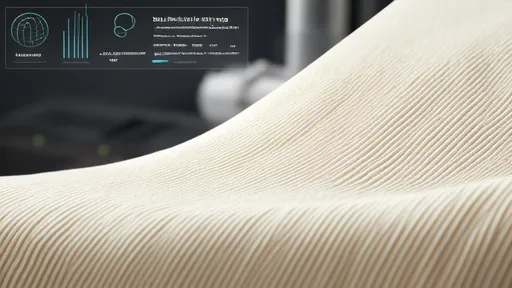
By /Aug 21, 2025
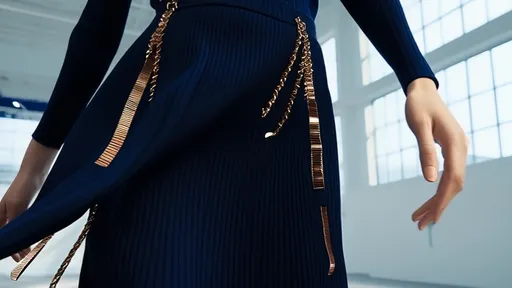
By /Aug 21, 2025
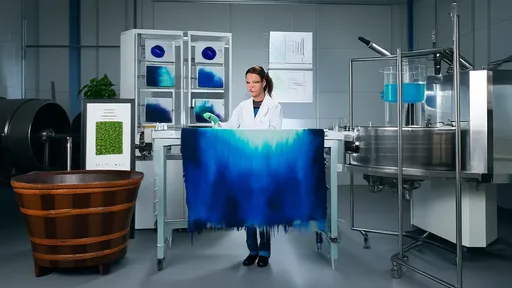
By /Aug 21, 2025

By /Aug 21, 2025

By /Aug 21, 2025
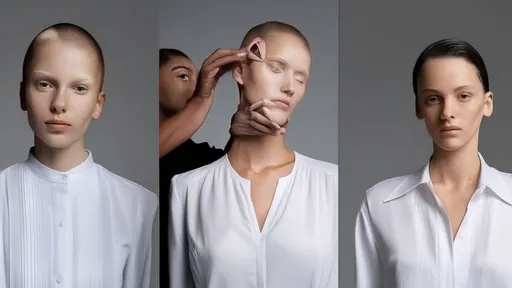
By /Aug 21, 2025

By /Aug 21, 2025

By /Aug 21, 2025

By /Aug 21, 2025
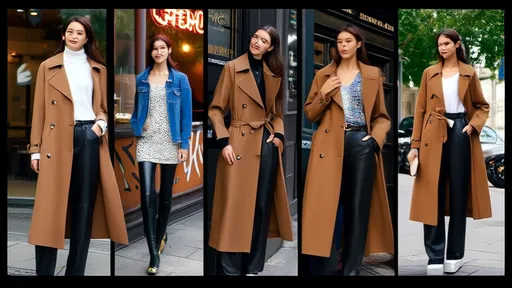
By /Aug 21, 2025

By /Aug 21, 2025

By /Aug 21, 2025

By /Aug 21, 2025
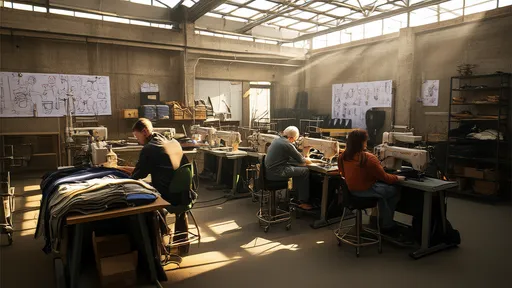
By /Aug 21, 2025

By /Aug 21, 2025

By /Aug 21, 2025
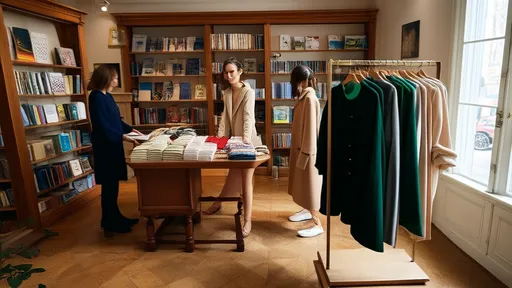
By /Aug 21, 2025

By /Aug 21, 2025
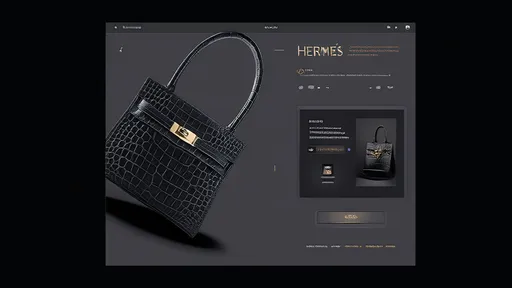
By /Aug 21, 2025

By /Aug 21, 2025